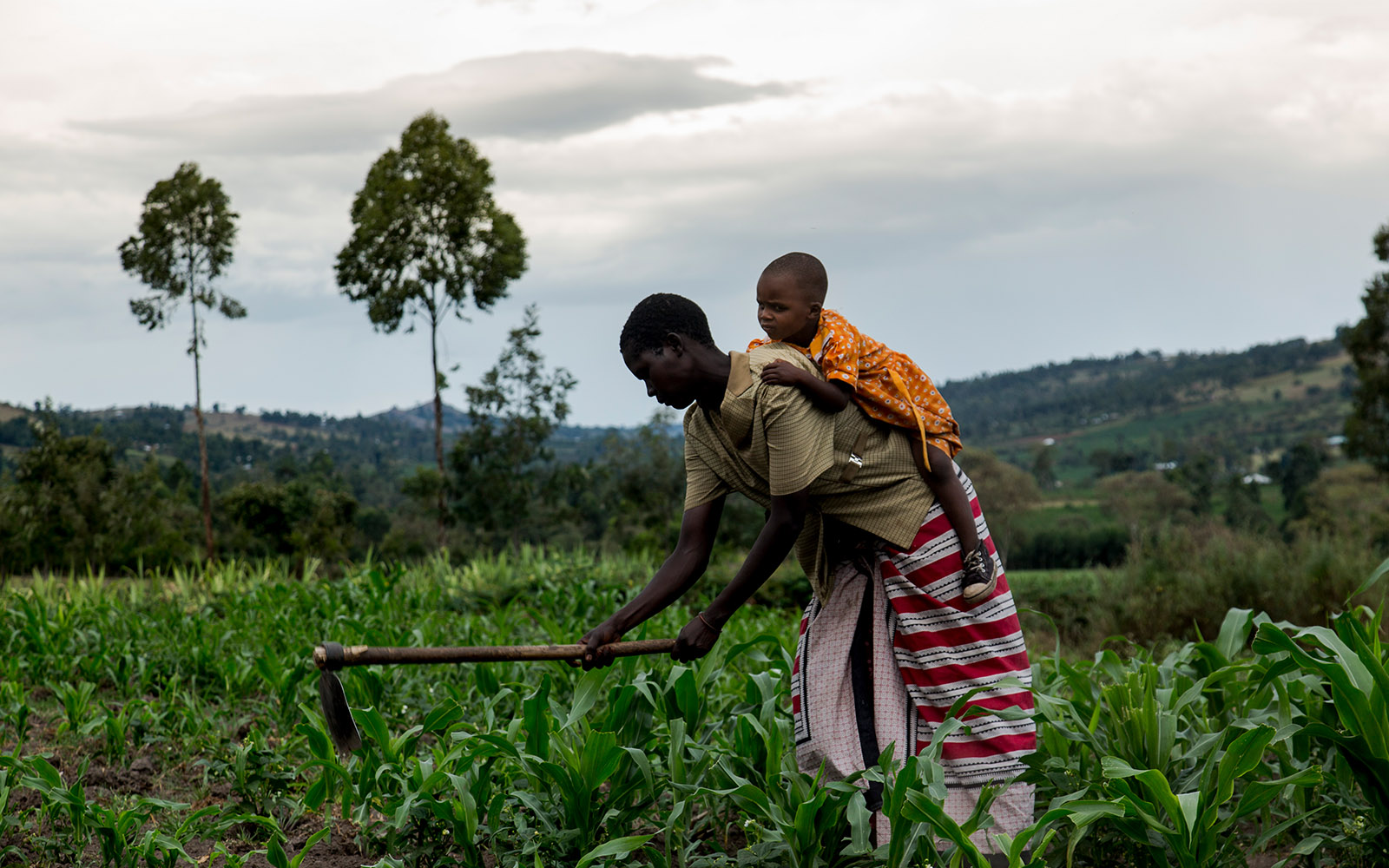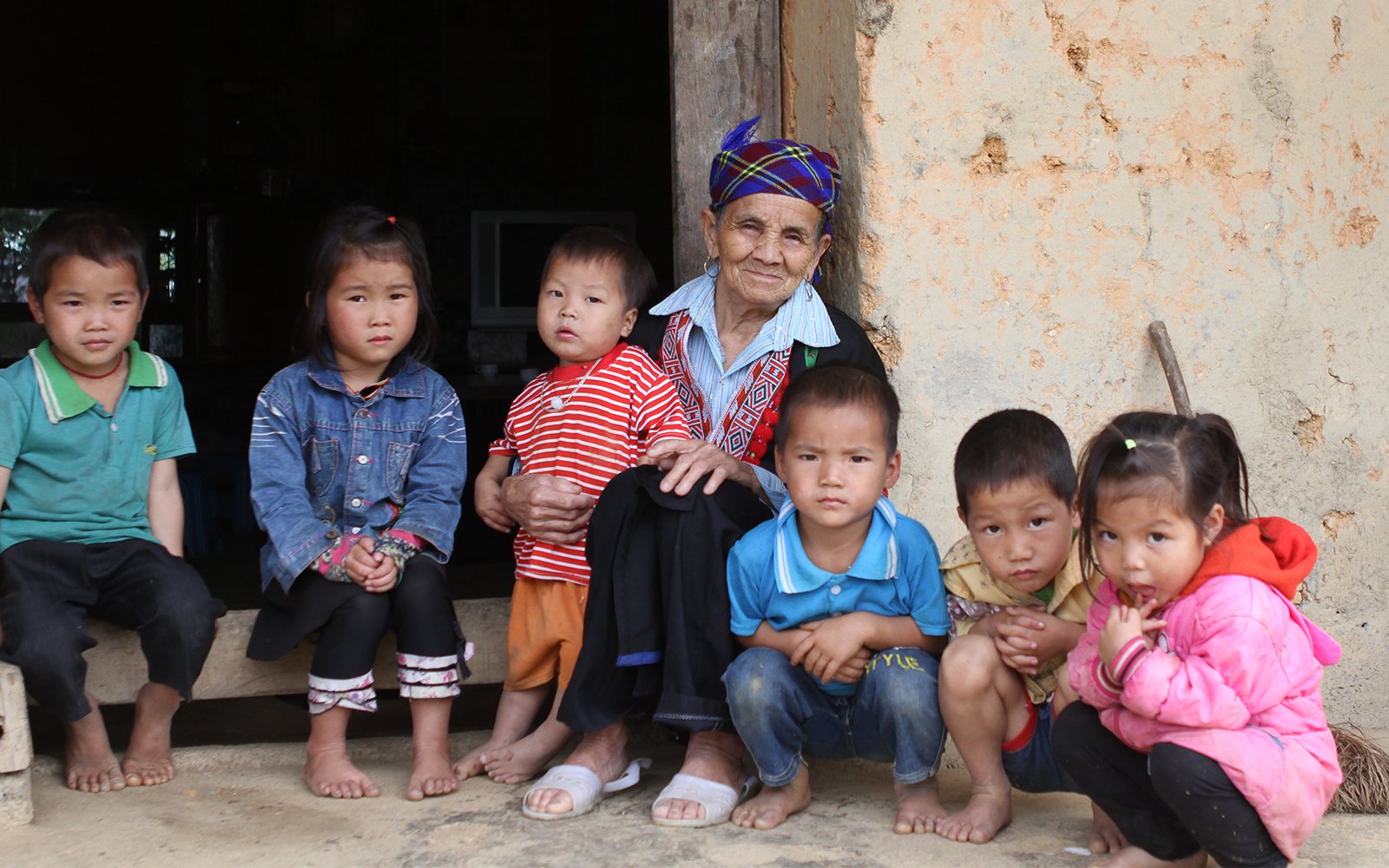Two-thirds of the world's blind people are women.
Here are five reasons why, in every region of the world, women are more likely than men to be blind.
1. Kids can make their mothers go blind.
It’s mostly toddlers who carry a bug known as trachoma, which causes infectious eye inflammation. Women are more likely to stay at home to care for the kids, so they are more than twice as likely as men to be repeatedly infected. Trachoma – the leading cause of infectious blindness in the world – can make the eyelashes curl inward and scratch the cornea, causing excruciating pain and blindness if left untreated.

2. Women are less able to get eye health care
In many communities, men control the family finances, and the medical needs of males within the family are prioritized. It can also be harder for women to travel due to family responsibilities or for cultural reasons.

3. Women and girls have to care for blind relatives
Preventable blindness doesn’t just affect the person who has lost their sight. Women like Helen (pictured) often have to do back-breaking work while caring for a blind child. And girls frequently leave school to care for adult relatives who have gone blind. When they miss out on an education, they earn less as they grow older and are unlikely to escape the cycle of poverty.

4. The discrimination starts early
Often, the gap between rates of blindness in girls compared to boys is even greater than the gap between women and men. Most of these girls are in developing countries where they live in poverty. If they’re also blind, it’s almost impossible for them to learn and earn a living as adults.

5. Blindness heightens the risk of dying
An estimated half of all children who become blind will die within two years. Those who live are only expected to reach 40 years of age. More girls and women are blind, which means more of them are at risk of dying from blindness.

A cured patient helps the whole family...it means someone - usually a young woman - doesn't have to look after them anymore, and is free to return to school or work.
The implications of preventable blindness for women
Preventable blindness has major implications for women trying to enter the workforce and support their families. It’s an economic development issue, and that’s why correcting vision loss brings the greatest benefits to the poorest families.
For example, in India, 58% of women who had cataract surgery were able to return to the workforce. A recent study in Vietnam showed that many people who had eye surgery worked longer hours and could then pay household bills, rent, and medical expenses.
It’s clear to see: if we create more equality in eye care, we create more equality in life.

